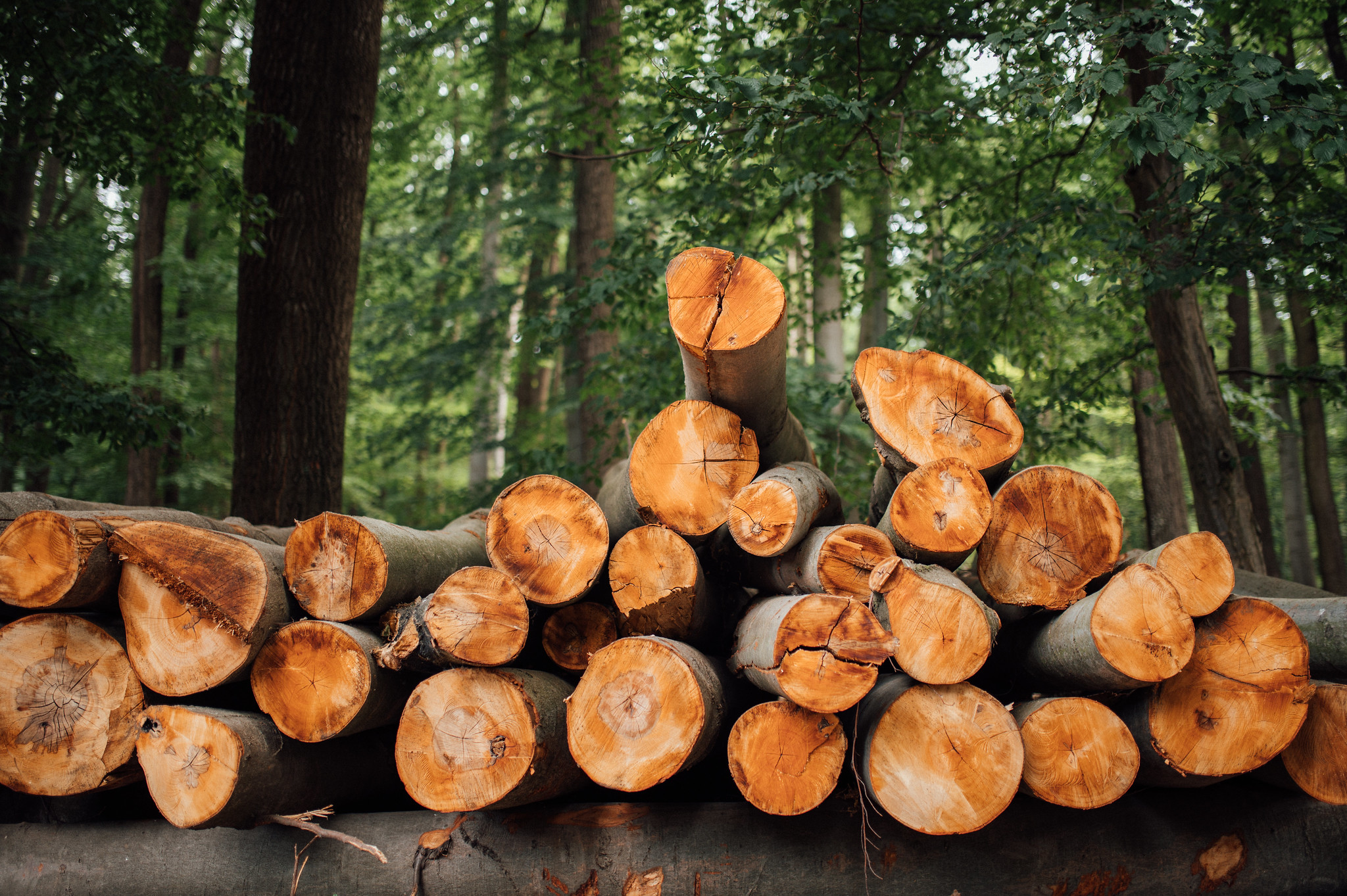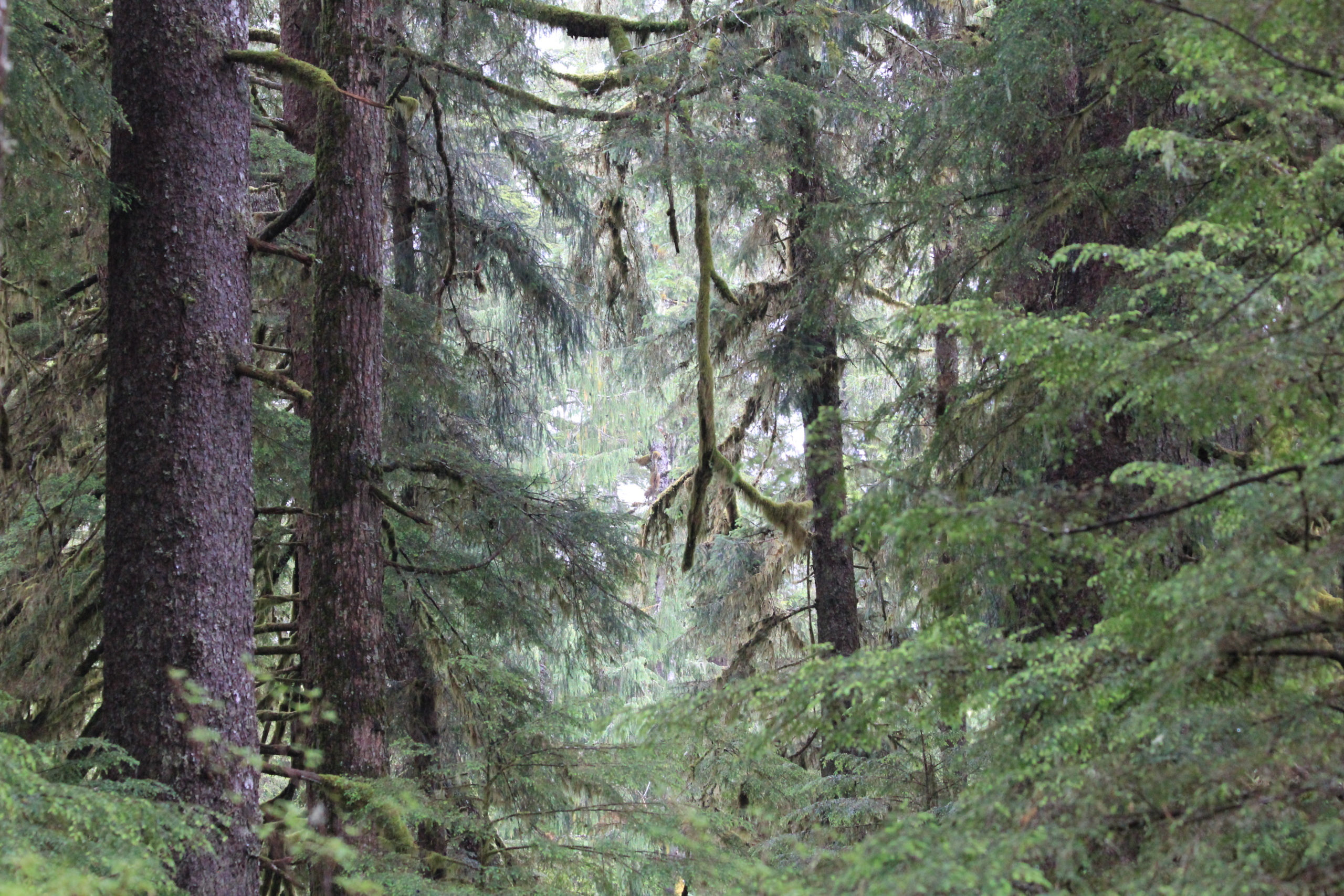
Forests: A key natural solution to climate change
Old trees growing in North American forests are helping us combat climate change

You may have heard of investors and entrepreneurs promoting new carbon capture technologies to address climate change. For example, Elon Musk earlier this year tweeted: “Am donating $100M towards a prize for best carbon capture technology.” Several people responded to his tweet pointing out: We already have “carbon capture technology” growing in our ancient forests.
As scientists search for the best human-created carbon sequestration technology, they often overlook what already exists in nature. By simply managing our oceans and forests responsibly, we could effectively reach up to 37 percent of the emission reductions we need to avoid worst-case climate predictions by 2030.
Through a process known as carbon sequestration, forests absorb heat-trapping gas from the atmosphere and store it in trees or soil. This process happens in our oceans and forests through photosynthesis. These natural “carbon sinks” soak up fossil fuel emissions and can help us slow down and even reverse climate change over the long term.
Historically, 55 percent of carbon dioxide emissions are naturally absorbed by the environment, with 25 percent by forests (including large amounts stored in soil) and 30 percent by the oceans. With climate change becoming an increasingly urgent problem, governments and private companies are scrambling to find ways to reduce emissions. While we should pull out all the stops to adopt clean, efficient energy systems as soon as possible, we will also need our ancient forests more than ever.
Photo: Drew Brayshaw via Flickr CC BY-NC 2.0
In addition to technological fixes , many private companies have adopted policy tricks that don’t protect forests or actually help solve climate change. Procter & Gamble, for example, has come out with this policy: “Growing one tree for every one used.” Unfortunately, trees cannot just be instantly replaced. When Procter & Gamble’s suppliers cut down older trees and replaces them with young ones artificially grown in nurseries, their operations are releasing excess carbon and reducing the amount absorbed in three ways:
-
Carbon that has been stored in the old tree and its surrounding systems (soil, roots and other decomposed materials) is released into the atmosphere as soon as the tree is cut down.
-
The overall absorption capability of the forest slows, because after logging, there will be a decades-long delay as it takes time to replant and restore a site.
-
While the young trees absorb carbon as they grow, they will absorb less than the large old trees they replaced. The reason: larger trees, even if they’re older, absorb more carbon per surface area than younger, smaller replacements.
Squandering and destroying a simple climate tool we already possess is irresponsible and sets back our overall effort to reduce emissions globally. Instead of overturning every rock in search of the latest technology to fix climate change, let’s start by keeping our large, old trees standing.
Topics
Authors
Ellen Montgomery
Director, Public Lands Campaign, Environment America Research & Policy Center
Ellen runs campaigns to protect America's beautiful places, from local beachfronts to remote mountain peaks. Prior to her current role, Ellen worked as the organizing director for Environment America’s Climate Defenders campaign. Ellen lives in Denver, where she likes to hike in Colorado's mountains.
Ellen Montgomery
Director, Public Lands Campaign, Environment America Research & Policy Center
Ellen runs campaigns to protect America's beautiful places, from local beachfronts to remote mountain peaks. Prior to her current role, Ellen worked as the organizing director for Environment America’s Climate Defenders campaign. Ellen lives in Denver, where she likes to hike in Colorado's mountains.
Find Out More

Which toilet paper companies are taking steps to be more sustainable?

Save Arizona’s oldest trees

The Giving Tree: What we can learn from a childhood favorite

